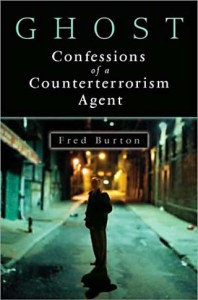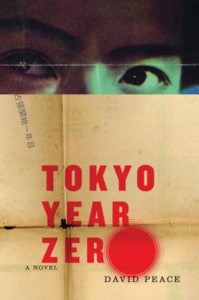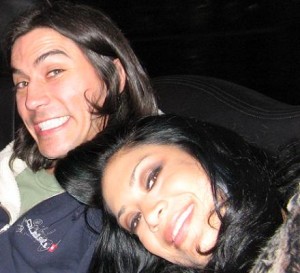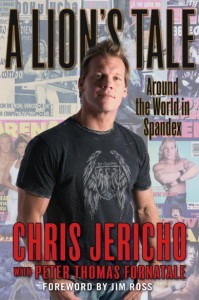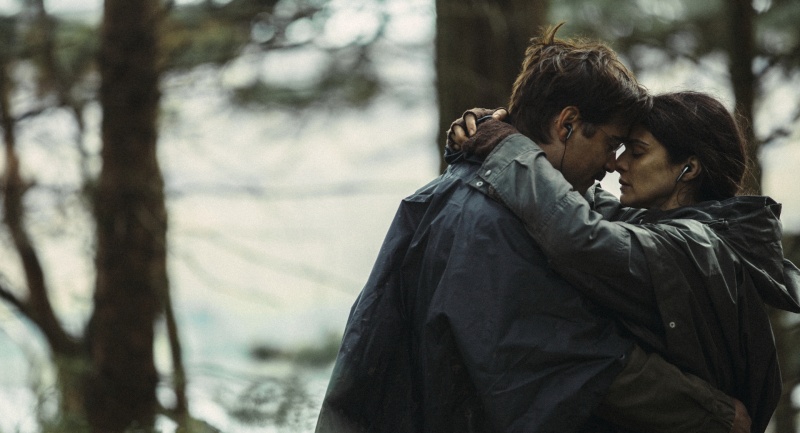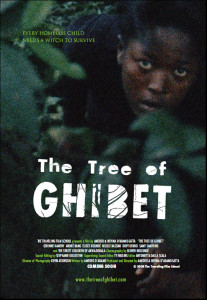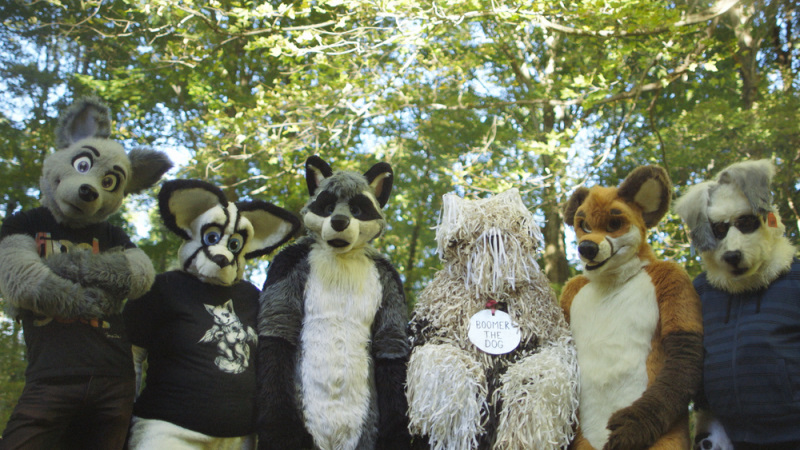 Childhood is a difficult time – not least for parents stuck reading happy, cheery, all’s-well-with-the-world kid’s tales over and over again. That’s why they have Gris Grimly and his warped, wonderful children’s illustrations to be thankful for. The creator of the Wicked Nursery Rhymes series (the third volume of which sees print this summer), illustrator of vampire romance Boris and Bella and collaborator with Neil Gaiman on his recently-released The Dangerous Alphabet, has saved many parents from a saccharine bedtime story experience.
Childhood is a difficult time – not least for parents stuck reading happy, cheery, all’s-well-with-the-world kid’s tales over and over again. That’s why they have Gris Grimly and his warped, wonderful children’s illustrations to be thankful for. The creator of the Wicked Nursery Rhymes series (the third volume of which sees print this summer), illustrator of vampire romance Boris and Bella and collaborator with Neil Gaiman on his recently-released The Dangerous Alphabet, has saved many parents from a saccharine bedtime story experience.
Growing up on a farm in the American Mid-West (that’s the only part of his early private life he will divulge, apart from the fact that he credits his parents with raising him well), Grimly describes himself as “a very imaginative kid. I didn’t play a lot of video games or watch a lot of TV. I spent a lot of time outside, pretending, making up worlds and living in them.” As a child with a fascination with the fantastic growing up away from major art galleries, he turned to comics and magazines. Attracted by its chaotic energy, he started ripping Ralph Steadman’s art out of issues of Rolling Stone.
But there was a problem. “I wasn’t really allowed to read most comics, so I would bike down to the gas station, buy comics, hide them in my study books, and read them in my room.” While many kids headed straight for the superhero section, Grimly was inspired by more alternative artists like Sam Keith (The Maxx), Bill Sienkiewicz (Elektra: Assassin) and Dave McKean (Cages, Batman: Arkham Asylum). But there was another, less dark inspiration: Berkeley Breathed, the newspaper cartoonist behind Bloom County and Opus. But the politics of his strips passed the young Grimly by. “I would buy all his books to study his art. Now I’m older I go back and read them, and realize the points he was making that I didn’t get because I was just interested in his cartooning.”
When he grew up, he kept his fascination with art, but never planned on being child-friendly. Instead, he wanted to draw horror comics, and his current career started accidentally. After graduating from college, Grimly was at a Steadman exhibition in Los Angeles, CA, where he started talking to one of the staff about a shared admiration for Edward Gorey. “She asked me if I did children’s books. I said no, but I could be interested. This gallery/bookstore was interested in doing limited edition projects with artists that would be like nine-page children’s books. Each one would be all original art and they’d sell them for a $1,000.” Taking Gorey as his inspiration, he worked on a series of demented morality tales. They started with the boy with a helium balloon for a head, who complains constantly about the problems having a balloon-head causes – until a bird lands on it, and solves his problems in a terminal way.
His agent showed the work around, and Hyperion Books came calling. In 2001 his first commission as a children’s illustrator, Marilyn Singer’s Monster Museum, saw print and word quickly spread in the publishing industry. “Once you get your first book published and exposed, it opens the floodgates. It’s like a calling card that does its own work,” said Grimly. His earlier ambition to move into comics got sidelined. “If I’d have got that one comic through the door, it would have opened that floodgate. But I got that one children’s book through the door, so it opened that particular floodgate instead.”
This doesn’t mean publishers who hire him for his dark and twisted style always like what they get first time. “I have been asked to tone it down. Sometimes there’re some arguments between me and an editor on what they want, and what I want, and how to meet in between.”
While Grimly’s career was kick-started in children’s books, he sees himself first and foremost as an artist who happens to have done some kids books. “I’m not necessarily a children’s illustrator as much as I like monsters and horror.” When talking about his contemporaries and peers that he admires, it’s not other children’s illustrators. It’s Eric Powell, creator of The Goon comic; retro-ghoul artist David Hartman (who counts Rob Zombie and Jack Black as fans); and Camille Rose Garcia, one of the highest-profile names in the burgeoning Low-Brow fine art movement. The only illustrator he mentions is Crab Scramley, who has his debut kid’s book The Floods in print this summer but made his reputation as an artist on Nightmares and Fairytales for Slave Labor Graphics.
They are part, Grimly argues, of an inadvertent scene, of artists with a shared love of monsters and ghoulies and the darker things in literature, who represent a change. In the same way that grunge was a reaction to glossy ‘80s pop, “maybe things did get a little too sugar-coated for kids in my generation, and you’ve got a reaction against that.” It’s not a deliberate attempt to create a movement, Grimly said. “I find that me and my friends will do a lot of the same artwork without seeing each other’s pieces, and that only goes to the point that we share a lot of the same influences and they’re swimming around in our brains.”
He’s also illustrated new editions of children’s classics, like Pinocchio and Sleepy Hollow, which has lead to work for a more mature audience with his adaptations of Edgar Allan Poe’s Tales of Mystery and Imagination (a second volume of which will be published early 2009.) But now, like his inspiration Dave McKean, he’s working with Neil Gaiman, the writer of DC’s Sandman and the novel Coraline. Their first collaboration, The Dangerous Alphabet, will be published on May 5. “It was really cool to work with an author I really respected,” said Grimly. “I got an email from his editor who said, Neil’s seen your art and is wondering whether you’d be interested in illustrating a book for him. I said, fuck, yeah.” For Grimly, this is a major point in his career. “I know what I like out of the authors I’ve worked with, but there’s never that response of, wow, I’m going to get to work with so-and-so until I worked with Neil.”
Not all his work is so child friendly. Cannibal Flesh Riot! is his debut mini-feature as director-writer. A tribute to 50’s drive-in horror, Ray Harryhausen and psycho-billy music, it’s the black-and-white tale of two redneck flesh-eating ghouls and their unfortunate final visit to the graveyard.
The movie, best described as Tex Avery’s Evil Dead, is an object lesson for filmmaking hopefuls in turning $6,000 into a fun little calling card. Mixing hyped-up live action, stop-motion, green screen, and a dash of CGI, it proves how available technology has become for film-makers. The straight-to-DVD release is ridiculously loaded, with two commentaries, trailers, a making-of featurette that holds the real secret for effective discount filmmaking (hint: have lots of like-minded friends who will work for food), and a bonus CD, all for $20.
While it maintains his sense of childishly blood-splattered glee, Grimly agrees it’s not just a jump in medium, “but I think also a jump with my audience. There’s nothing very horrible, it’s done very cartoonish, even though it’s live action: the characters, a better word is like comics. And they definitely have filthy mouths, which sets that movie for an older audience.”
The children’s side still remains. He has a new collection of twisted campfire tales, Sipping Spiders Through a Straw, which Grimly described as “the most disturbing book I’ve ever made.” It’s also been the longest-gestating, taking four years to complete. Part of the problem was finding that middle ground between himself and his editor. “There’s a song in there about jumping rope with your intestines and tying your sister up with them. They wanted me to portray kids playing with guts, and maybe it’s me and I’m more demented, but I saw it all bloody and gory, and I was saying, are you kidding, you want me to do this? In another one, to the tune of Twinkle, Twinkle, Little Star, but it’s Creepy, Creepy Thing in a Jar, I did a pickled punk, and they didn’t like that. I said, what are you talking about, we’ve got bloody intestines.”
That mixture of ghoulish and childish is what has won Grimly a massive young following, but also attracts adults who find squeamish joy in his drawings. For him, the trick is that he never tries to second-guess his readers. “I don’t approach these books and say, what do other children’s book look like, or what are children looking for, or what are editors looking for. I approach these books as, OK, what do I like and how can achieve that in this book. If I approve of what I do, I think other people who are my age or older or younger will approve.”
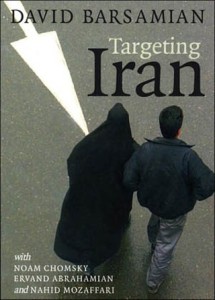 To many Americans, Iran’s history began with the 1979 hostage crisis. For Iranians, the pivotal date is 1953. That was the year a CIA-inspired coup killed their fledgling democracy and installed the shah as a puppet ruler. This pivotal difference in worldviews, argues David Barsamian, is what has led Iran and the United States to the brink of war. American foreign policy, built on misconceptions about a rogue nation run by blood-crazed mullahs and pulling the strings of groups like Hezbollah and Hamas, is becoming a self-fulfilling prophecy. Iran is portrayed as a fractured nation where radicals use every rattle of the American saber as an excuse to marginalize and even criminalize moderates and reformers.
To many Americans, Iran’s history began with the 1979 hostage crisis. For Iranians, the pivotal date is 1953. That was the year a CIA-inspired coup killed their fledgling democracy and installed the shah as a puppet ruler. This pivotal difference in worldviews, argues David Barsamian, is what has led Iran and the United States to the brink of war. American foreign policy, built on misconceptions about a rogue nation run by blood-crazed mullahs and pulling the strings of groups like Hezbollah and Hamas, is becoming a self-fulfilling prophecy. Iran is portrayed as a fractured nation where radicals use every rattle of the American saber as an excuse to marginalize and even criminalize moderates and reformers.